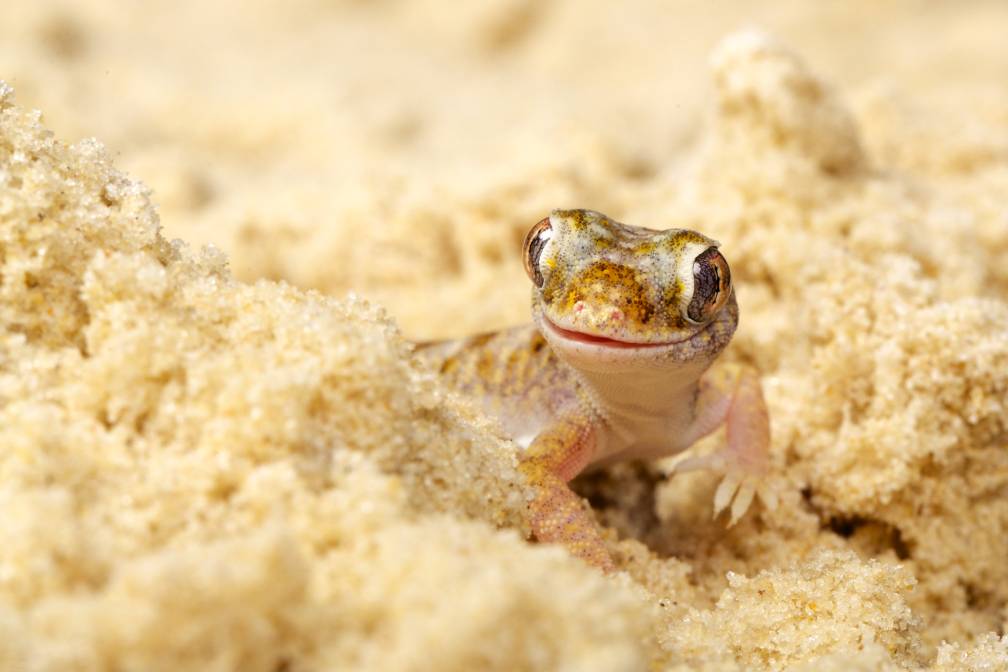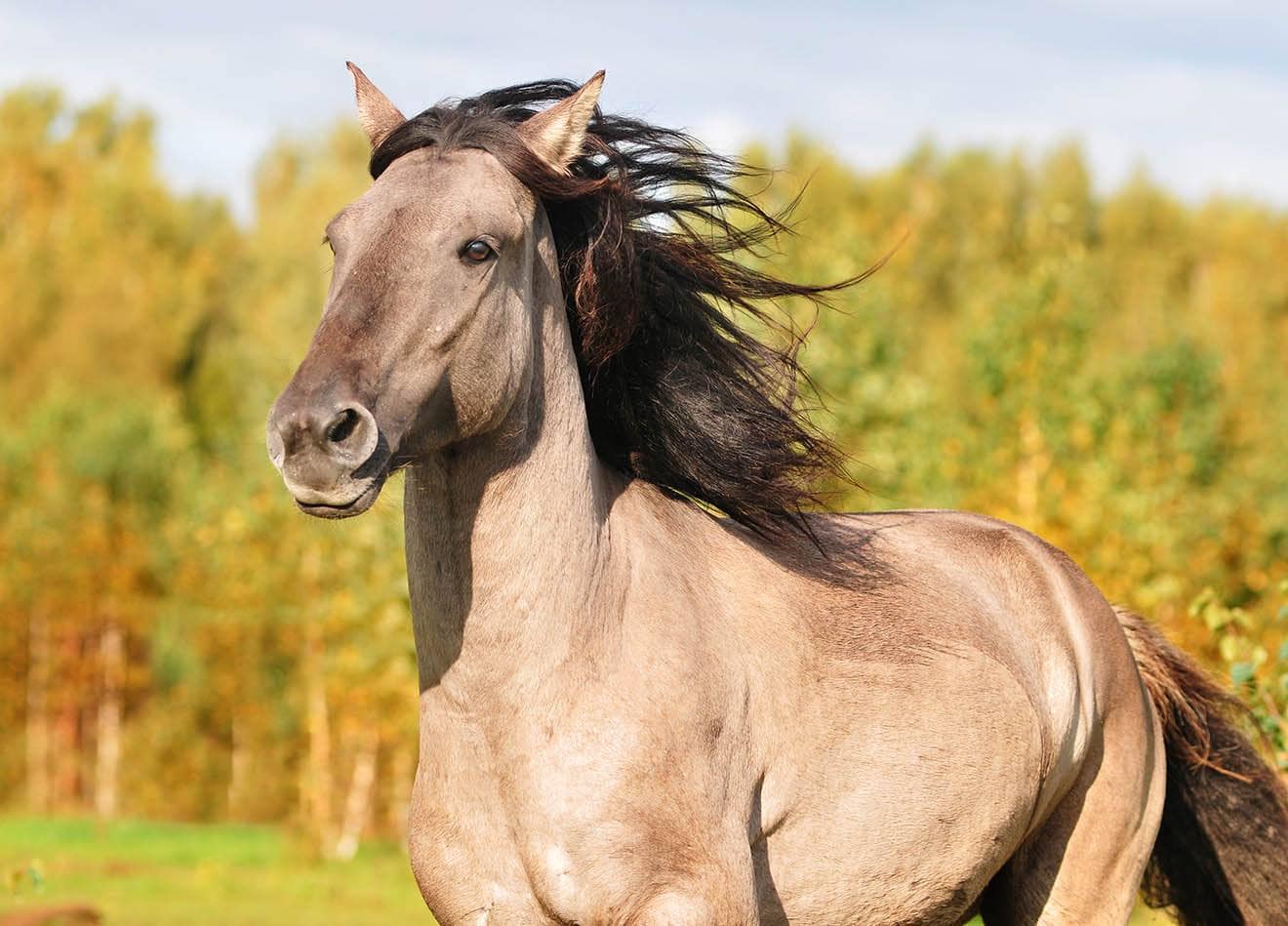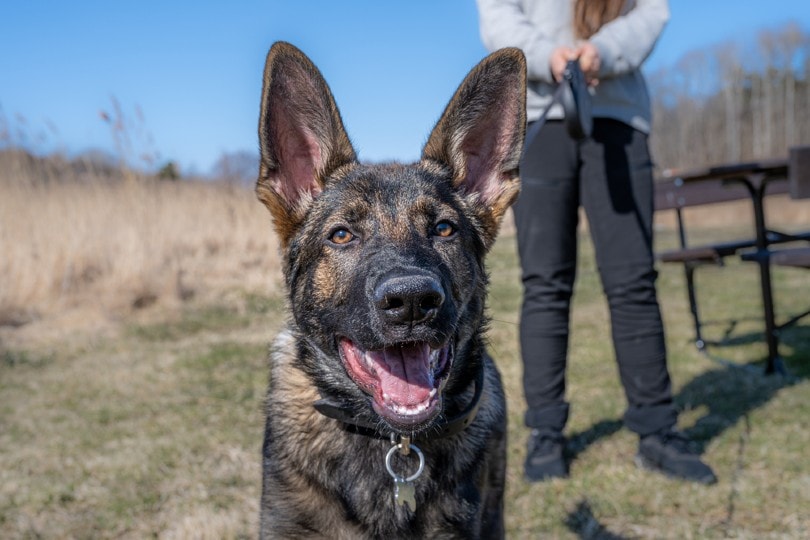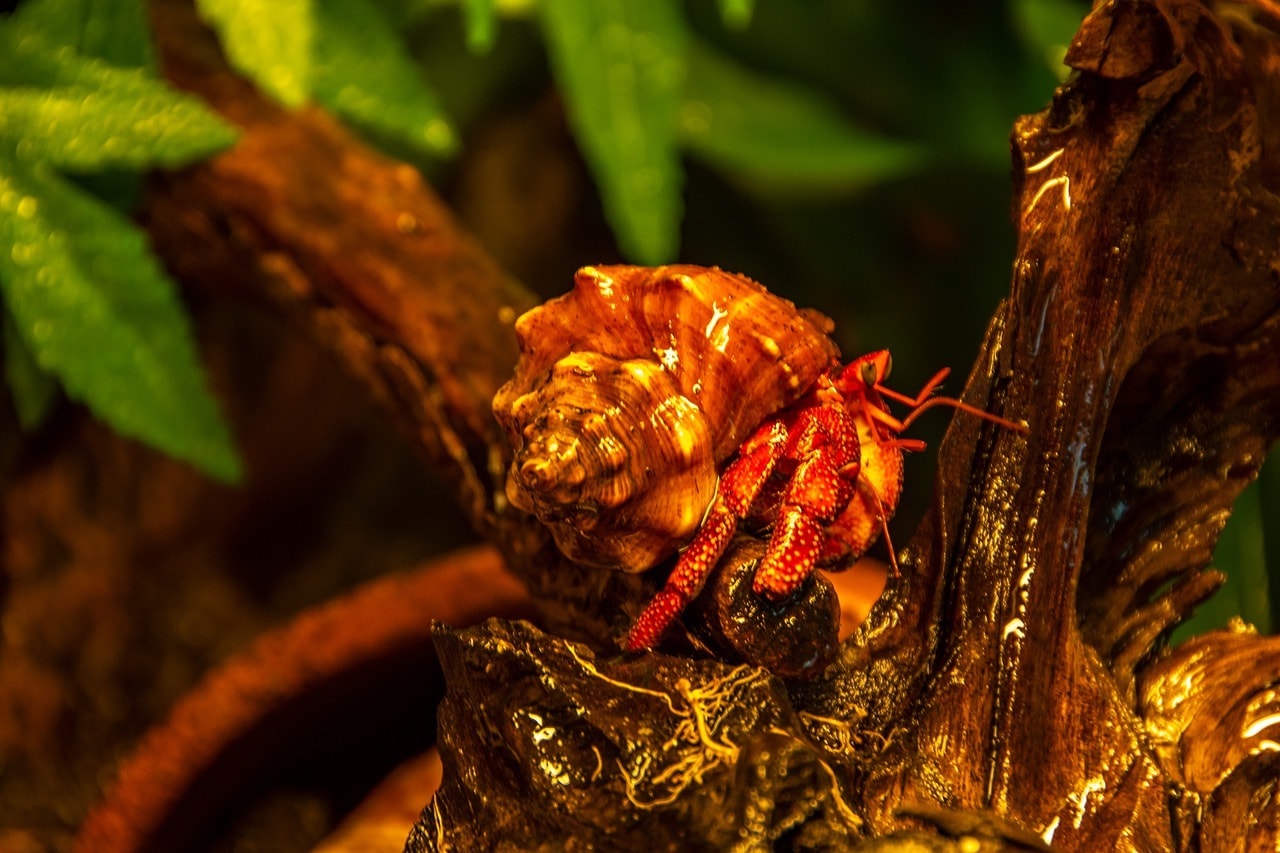
Hermit crabs are incredibly easy to take care of, which is part of what makes them such excellent first pets. You don’t have to do much to keep them alive, but you can do some simple things to greatly improve your crabs’ lives. One of the easiest ways to help enrich your crabs’ lives while sprucing up their environment is to put in plants. Of course, this means some extra work and it’s not for everyone, but it can be a great addition to any crab habitat and can provide your crabs with several important benefits.
If you decide you want to put plants in your crab’s enclosure, there are seven that are your best choices. These plants are all safe for crabs and meet all the criteria of good crab plants. We’re going to share those seven plants with you, as well as the criteria that a plant must meet to be suitable for a crab habitat.
Live vs Fake Plants
Before you purchase any plants for your crab enclosure, you should decide whether live plants or fake plants would be a better fit. Both are excellent choices, and you really can’t go wrong with either. However, they offer different benefits, so depending on what you want your crabs to get from the plants you put in the enclosure, one will likely a better fit than the other. Check out the pros and cons of each and determine which is a better choice for you and your crabs.
Live Plants
Fake Plants
What to Look for in Live Plants
If you’ve decided that live plants are right for your crab enclosure, then you’ll need to know what to look for in a suitable plant. Not every plant is a good fit for your crabs. Any plant you pick must meet the following criteria.
The 7 Best Plants for Hermit Crabs
1. Air Plants
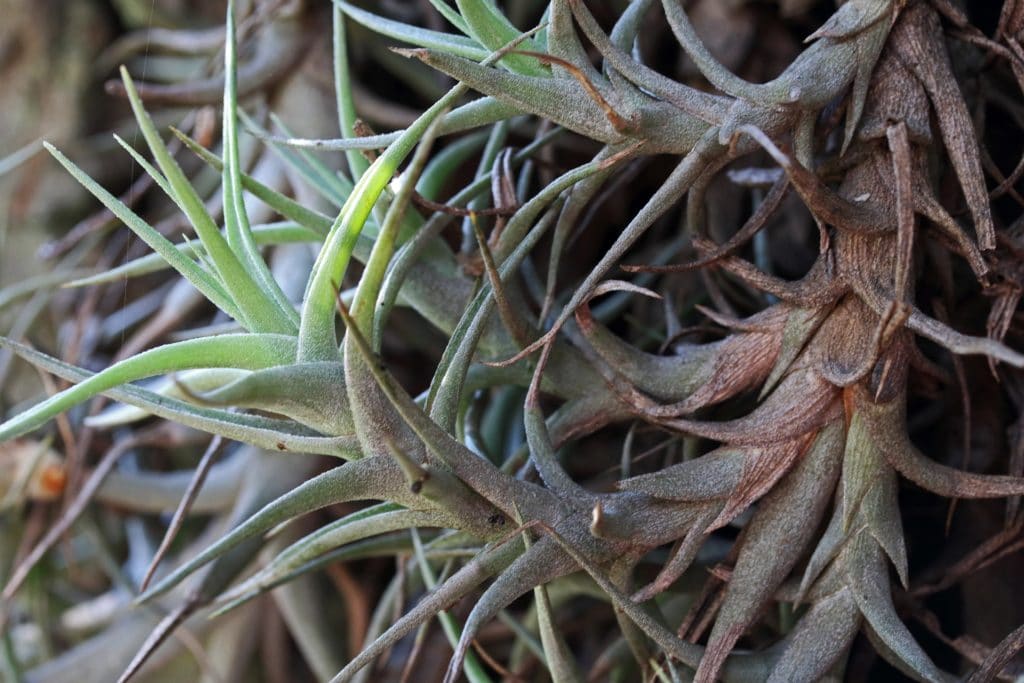
If you’re looking for a beautiful plant that’s easy to care for, then air plants fit the bill. They don’t even need to be planted! You can simply hang them on the sides of the tank, which should help them survive longer since your crabs will have a harder time reaching them. All the care they require is a light misting with water on occasion and they’ll continue to grow and thrive. Some of the most common air plants include:
2. Bromeliads

Bromeliads are quite similar to air plants, though Bromeliads are the far more colorful of the two. Like air plants, bromeliads don’t require soil to grow. You can attach them to a ledge or a piece of wood. Easy to care for and beautiful to behold, bromeliads are a great choice for any crab enclosure.
- You may also like: 8 Benefits of Classroom Pets (with Infographic)
3. Loose-Leaf Lettuce

Lettuce is extremely easy to grow and offers plenty of nutrition for your crabs. Make sure to pick a loose-leaf variety rather than a tighter type like iceberg lettuce. You can even find loose-leaf lettuce in various colors from green to purple, making this plant a great way to bring some color to any crab tank.
4. Moss

Moss is one of the best choices for a crab tank. It has some awesome benefits you won’t get with other plants. Crabs can burrow through moss, and since it holds moisture, it helps maintain humidity levels within the enclosure. It’s also full of vitamins for your crab to benefit from. Plus, you can get moss in a variety of colors for that dash of color and personality. Many different varieties of moss exist, but three of the best for hermit crabs are cushion moss, pillow moss, and Irish moss.
5. Pothos

Hermit crabs don’t like eating pothos plants, so if you opt to put one of these in your crab cage, it’ll probably last longer than other plants you might try. Golden pothos is the most common, allowing you to easily add a dash of yellow to the cage. However, pothos is avoided by hermit crabs because they’re not good for them. Your crabs are very unlikely to eat the pothos plant, but if they do, it could be bad news, so if you’re uncomfortable with that prospect, you might want to choose a different plant.
6. Spider Plants
You definitely don’t need to have a green thumb to grow spider plants. These hardy plants are very beginner-friendly and won’t be affected by the heat and humidity in the enclosure. It’s strong enough to handle crabs climbing up it and won’t fall apart right away. Your best course is to use spider plants that are already established, giving them enough time to adapt to their new environment before the crabs can destroy them.
7. Sprouts

While seeds are just starting to sprout, they can be eaten and they’re called sprouts. These are packed with nutrition and super easy to grow. All you have to do for most seeds is soak them and give them a day or two. Since you’re just making them from seeds, it’s simple to replace them when your crabs inevitably dig them out and eat them. Thankfully, sprouts contain plenty of vitamins and antioxidants that will help keep your crabs healthy.
Final Thoughts
Your hermit crabs don’t need plants, and if you want to avoid the hassles of keeping live plants, you can even opt to go with fake plants instead. But if you do decide that live plants are a better fit for your crabs, thanks to the nutrition they offer or their ability to improve the air quality in your crabs’ enclosure, then you’ll want to find plants that grow vertically and thrive in warm, humid environments, with thin root systems that are hardy and resilient. The seven plants we’ve listed all meet these criteria, so they’re choices that are hard to go wrong with.
- Related Read: 9 Best Plants for Iguana Habitats (with Pictures)
Featured Image Credit: RhoihesseOnTour, Pixabay





